How to Fix PROCESSOR_DRIVER_INTERNAL 0x00000143
First, check if Windows & BIOS firmware are up to date
5 min. read
Published on
Read our disclosure page to find out how can you help Windows Report sustain the editorial team. Read more
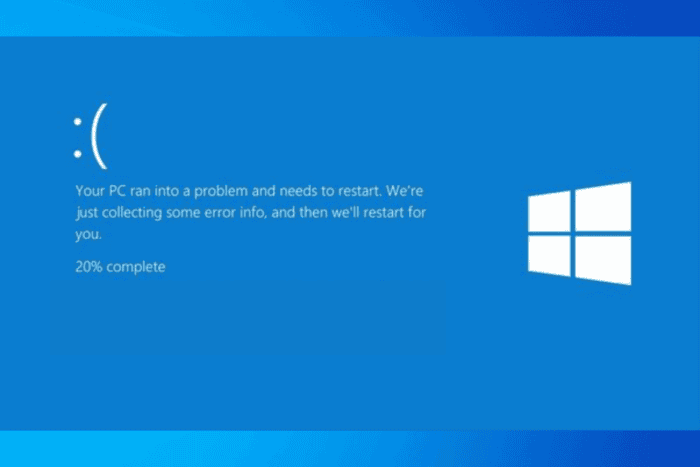
The PROCESSOR_DRIVER_INTERNAL 0x00000143 is a Blue Screen of Death error that indicates a problem with the processor driver. This usually occurs when there is a hardware failure, corrupted drivers, or compatibility issues.
To fix this blue screen error, check your device for overheating and the CPU to ensure all the system components are properly seated. Also, ensure your Windows and BIOS firmware are updated to the latest version, then run the malware scan using a reliable antivirus software. If the issue persists, proceed with the steps below.
How can I get rid of the PROCESSOR_DRIVER_INTERNAL error?
1. Update the drivers
- Press Windows + R to open the Run console.
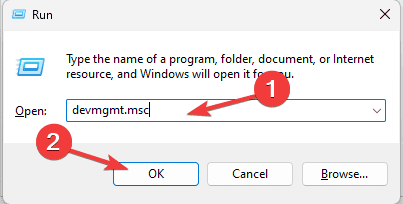
- Type devmgmt.msc and click OK to open Device Manager.
- You will get the list of system components; click on each category one by one, and look for the problematic driver with a yellow triangle and an exclamation mark inside it.
- Once located, right-click it and choose Update driver from the context menu.
- Click Search automatically for drivers, and Windows will try to find a compatible driver for your device.
- Follow the on-screen prompts to complete the process. Repeat this process for all problematic drivers in the list.
If Windows cannot find the latest driver, you can go to the manufacturer’s website and download it manually. Alternatively, try any driver updater tools recommended in this guide to install the latest driver.
2. Run the Windows Memory Diagnostic tool
- Press Windows + R to open the Run window.
- Type mdsched.exe, and click OK to open the Windows Memory Diagnostic tool.
- Select the Restart now and check for problems option to restart your PC and run the tool.
- The scan will run upon boot, and depending on your device’s RAM size, the process may take some time.
- Once the test is complete, Windows will restart, and you will see the test results on the desktop.
To check the error report in detail, go to Event Viewer, expand Windows Logs, and click System. Then, check for warnings or errors related to hardware or memory to gain more insight.
3. Restore your system to a previous version
- Press the Windows, type Control Panel in the search box, and click Open to launch Control Panel.
- Select Large icons for View by, then click Recovery.
- Click the Open System Restore link.
- Select Choose a different restore point on the System Restore window, then click Next.
- Choose the restore point from the list of restore points created before encountering the BSoD error and click Next.
- Click Finish.
Your device will restart, and Windows will try to restore the system settings to the selected point. If, upon reboot, you see the System Restore didn’t complete the error successfully message, it could be due to driver error or conflicting apps. We suggest you check out this detailed guide to learn more.
4. Reinstall Windows
 NOTE
NOTE
Create an installation media
- Visit the Microsoft software download website on a different PC, select the appropriate options, and click Download now.
- When the executable file is downloaded, double-click it to open the tool and click Yes on the UAC prompt.
- On the Windows 11 Setup guide, click Accept to agree to the license terms and agreements.
- Select USB drive, and click Next.
- Choose a language, edition, and architecture (64-bit or 32-bit), then click Next.
- Click the USB flash drive you want to select, then select Next.
- Follow the on-screen prompts to complete; once done, click Finish.
Reinstall Windows
- Plug the USB drive into the targeted computer, and press Windows + E to open the File Explorer.
- Select the drive with the installation media, locate and double-click the setup.exe file, and click Yes on the UAC prompt to proceed.
- Click Next.
- Click Accept to agree to the terms of the license.
- Now, click Change to specify what you want to keep or delete. Select one of the following options accordingly, then click Next:
- Keep personal files and apps – Allows you to keep your data, apps, and settings.
- Keep personal files only – Lets you keep your data and settings, but the installed apps will deleted.
- Keep nothing – This allows you to remove all personal data, settings, and apps.
- Choose Install to initiate the reinstallation of Windows 11 on your PC.
In conclusion, to fix the PROCESSOR_DRIVER_INTERNAL BSoD error, ensure your Windows and BIOS firmware is up to date, update device drivers, and run the Windows Memory Diagnostic tool. If these don’t fix your issue, you can reinstall Windows.
While you are here, we advise you to check out this guide on BSoD errors and their causes; we have a detailed guide for you; don’t forget to check it out!
We also recently covered Error_not_joined and NETIO_INVALID_POOL_CALLER errors, so don’t miss it for more information.
If you have any other questions or suggestions about the PROCESSOR_DRIVER_INTERNAL BSoD error, feel free to mention them in the comments section below.


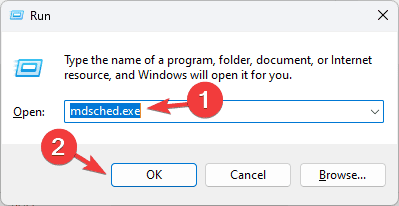
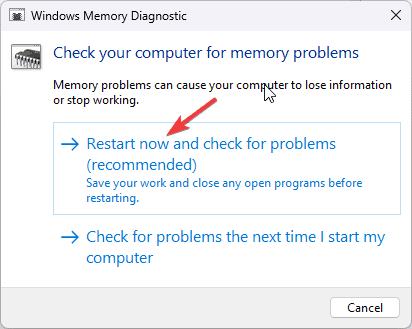

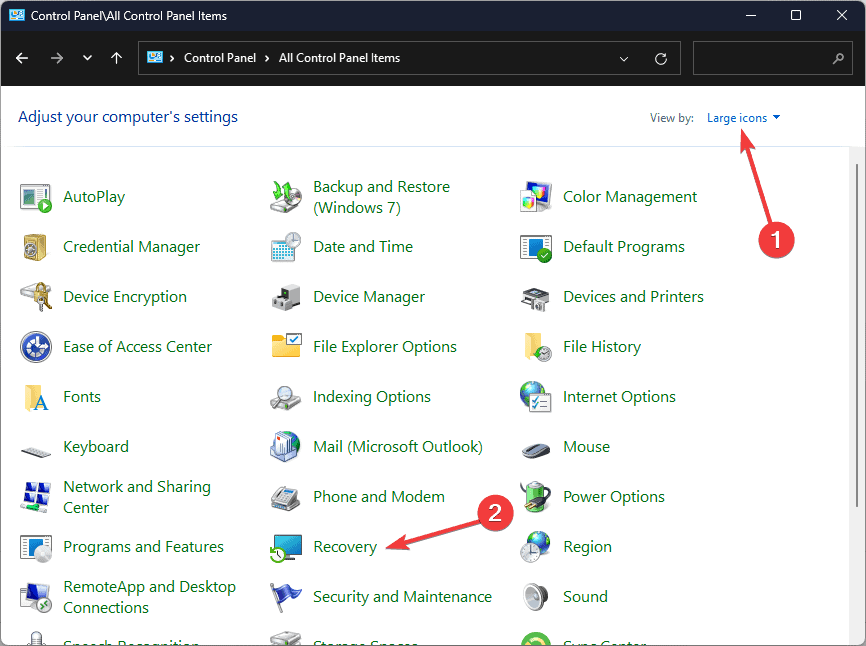
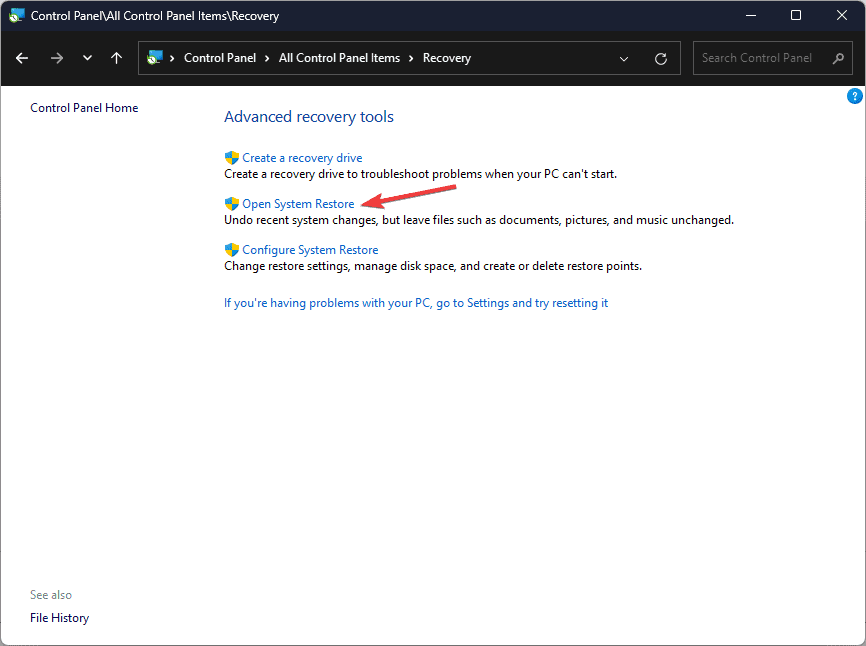
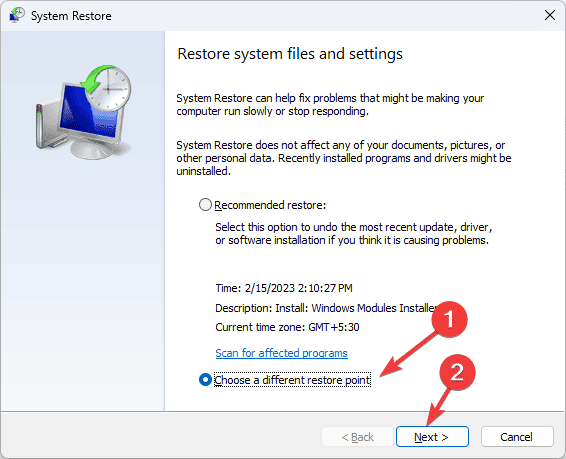



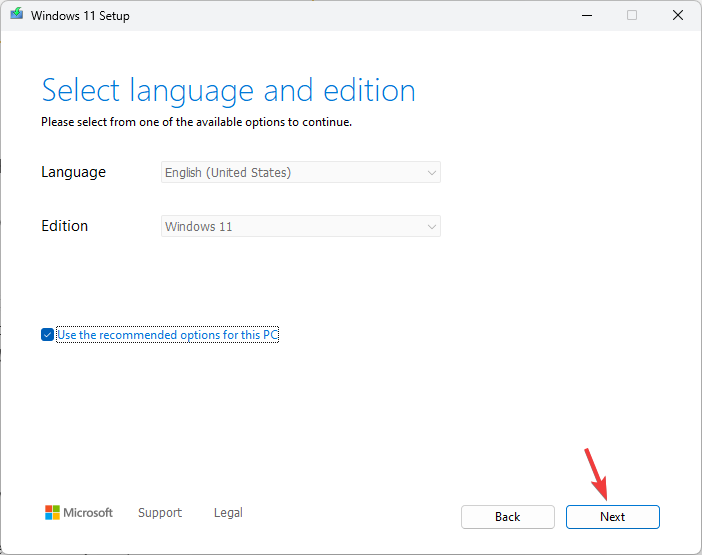
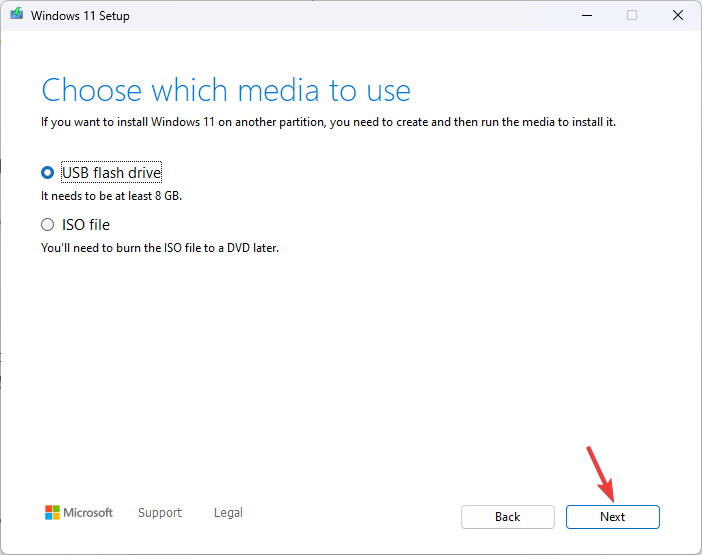



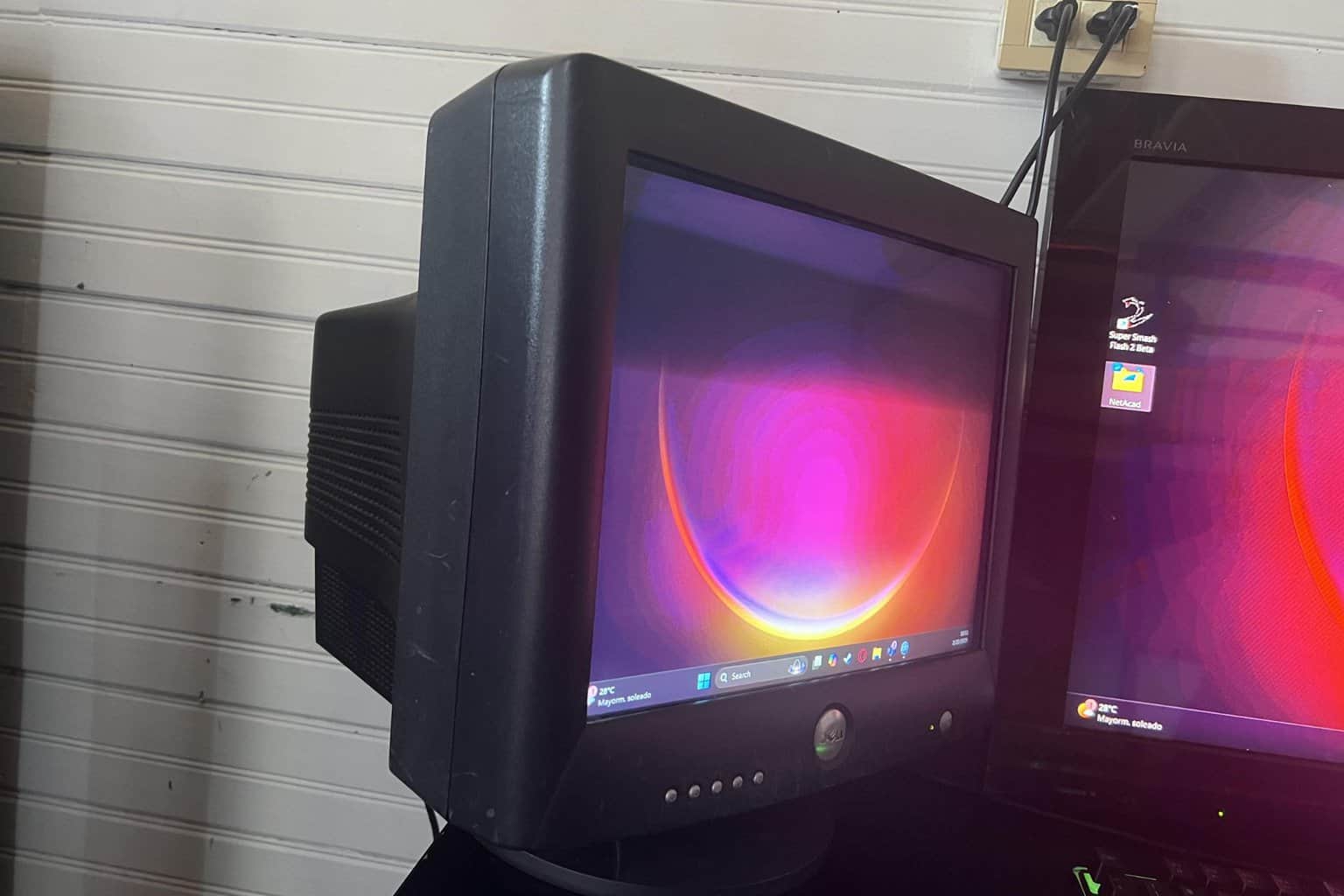


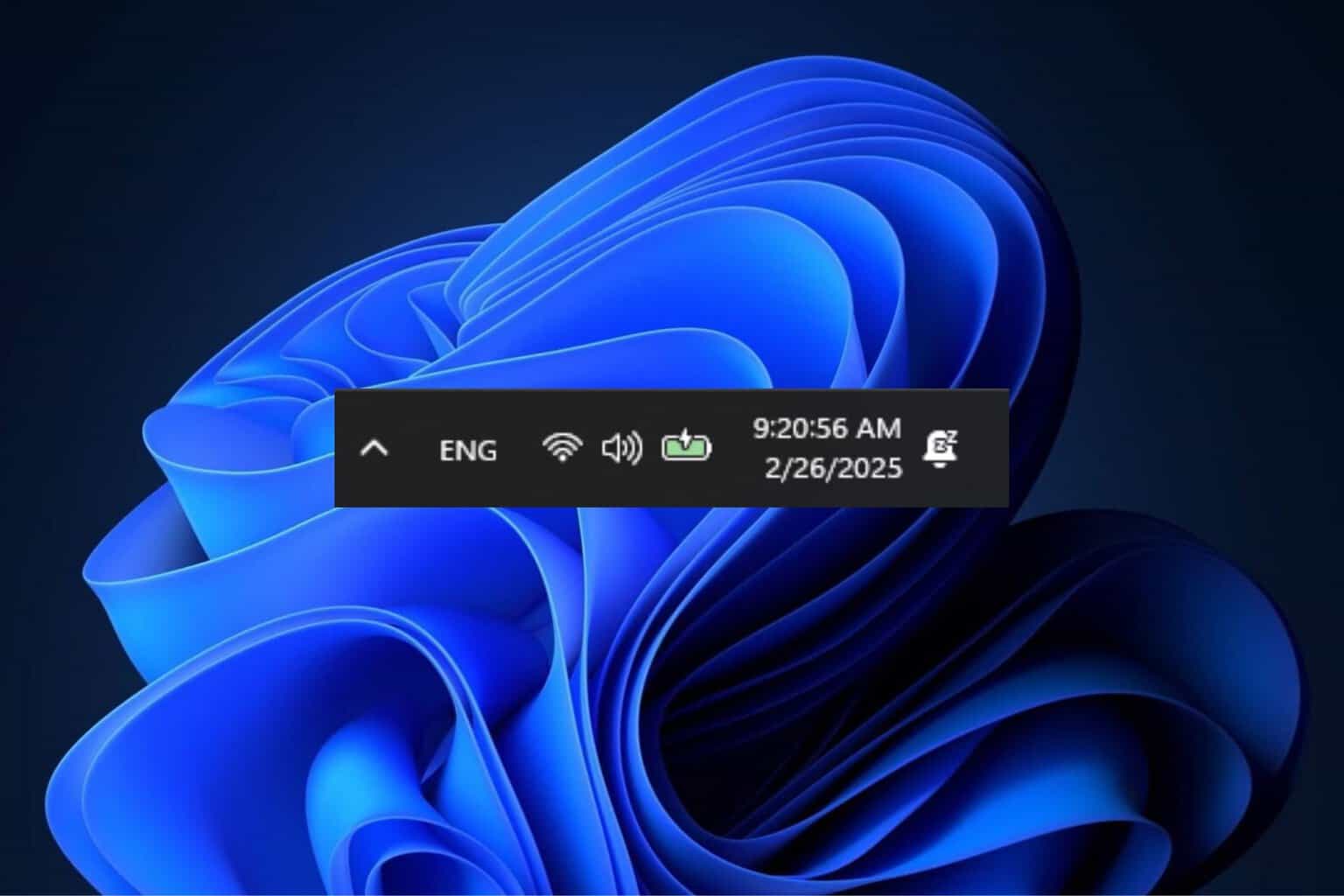



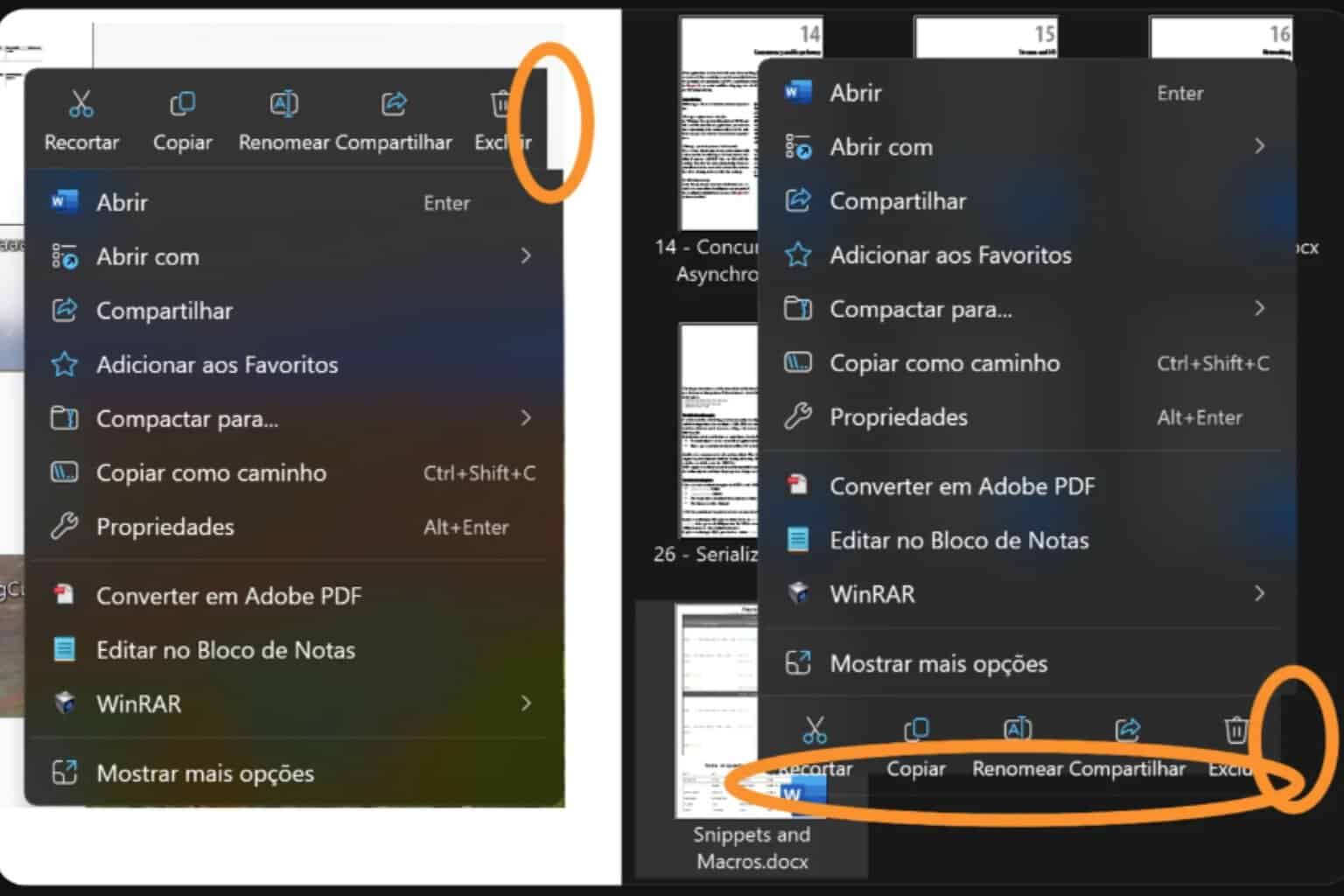
User forum
0 messages